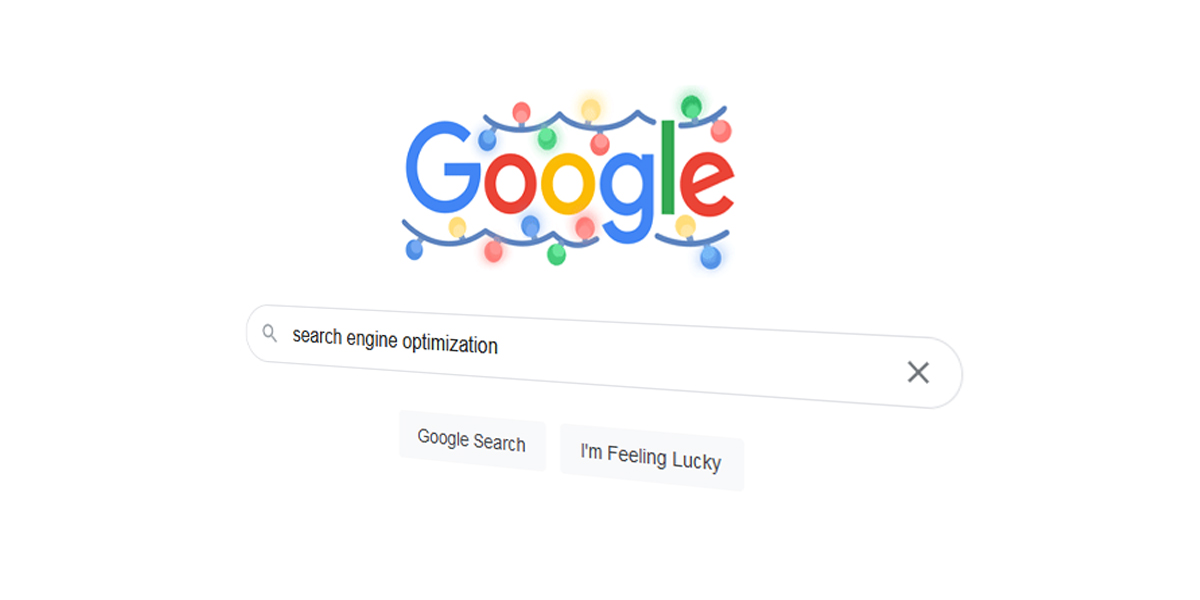
SEO is complicated.
You have to research keywords, create content, acquire links, and more if you want your site to pull in search traffic.
It’s a multi-step process that requires a fair bit of knowledge to pull off successfully.
Because the process can be so complex, many website owners waste time and resources implementing ineffective tactics that don’t pan out.
Or worse, they implement harmful techniques that get their website penalized by Google.
To avoid penalties and win the battle for rankings, you need to steer clear of these seven mistakes:
Title tags and meta descriptions are what potential visitors see when perusing the Search Engine Results Page (SERP).

Red arrow = title tag, Blue arrow = meta description
Title tags and meta descriptions are the main ways you tell potential visitors what the page is all about. Google’s algorithm also weighs the title tag (but not the meta description) when deciding where your page will rank.
This is why it’s extremely important to craft compelling, descriptive, and unique title tags/meta descriptions for every page on your website.
Every article you post on your blog should have a purpose.
Way too often, we see websites posting random articles that will bring absolutely zero value to their business. For example, here’s a screenshot of a blog post from a company that sells body care products:

As interesting as this blog post may be to some people, it is unlikely to bring value to the business.
It’s not clear how this post relates to body care products, nor is it likely someone will land on this post and feel compelled to buy body care products. It also doesn’t seem to be targeting any relevant keywords, so it’s not likely to bring in search traffic.
It seems like this blogger just wrote about whatever they felt like writing about. That’s fine to do occasionally, but the vast majority of your blog posts should do at least one of the following:
Doing so will allow you to get value from the time and effort you put into blog articles.
Further reading: How to Write Blog Content That Actually Ranks
You shouldn’t target just any keywords with your blog articles. You have to target the right keywords.
Here are a few common traps people fall into (partially inspired by Neil Patel’s article here):
What types of keywords should you target? To quote Neil Patel:
It’s best to be as specific as possible. Focusing on generic keywords might bring you a lot of traffic, if you’re successful, but how long will it take you, and how realistic is it? Many times, you’re better off going for more specific phrases, which usually lead to quicker rankings and more qualified traffic.
For example, rather than targeting a broad keyword like furniture, a small furniture company could target a keyword like furniture with hidden storage or gothic furniture. These longtail keywords will be much easier to rank for, and you can expect to see results almost immediately.
As your website grows and gains authority, you can start to target more competitive keywords.
Without satisfying the searcher intent, you’ll never rank for even somewhat competitive keywords. Here is Ahrefs’ definition of searcher intent:
Search intent is the why behind a search query. In other words, why did the person make this search? Do they want to learn something? Are they looking to make a purchase? Or, are they looking for a particular website?
To identify the searcher intent of a keyword, simply type it into Google. Make sure you use a private/incognito window, otherwise Google might give you different results based on your search history and behavior.
Learn more about searcher intent in our guide to Google’s ranking factors.
It’s 2020. Almost everyone has a smart phone, and every one of them uses their smart phone to access the internet. This phenomena has caused mobile devices to pass desktops in worldwide internet usage.
If you have Google Search Console setup for your website (if you don’t, get it setup ASAP), you can check how much of your search traffic is coming from mobile vs desktop vs tablet. For example, here’s the breakdown for our site upswingpoker.com in the past three months:
These numbers show that optimizing for mobile is just as, if not more important than optimizing for desktop.
Here’s some useful advice for mobile SEO optimization (from our guide to Google’s ranking factors):
[In 2016] Google implemented mobile-first indexing. This means Google is pulling results from mobile-optimized sites before sites that are geared towards desktops.
Here are a few things to look at regarding your site’s mobile optimization (credit to OptinMonster for this list):
- Whether you have a responsive site that automatically resizes to fit the device.
- Whether you’re using large fonts for easy readability on small screens.
- Accessibility and navigability, including making it easy to tap menus.
- Ensuring that essential content isn’t hidden by interstitial ads.
This graphic from Google’s blog is a concise summation of what they expect to see from mobile content:
On the left: a page with small font, negative space, and a difficult to use menu. On the right: the exact opposite.
If you want to learn more about mobile SEO, check out Backlinko’s mobile SEO guide.
If you aren’t checking your website analytics regularly, you are neglecting one of your most valuable resources.
Here are a few ways to use analytics to improve your rankings, traffic, and revenue:
All of these methods can be setup and viewed in Google Analytics.
Backlinks are probably the most consequential Google ranking factor. Simply put, your website will never rank for any competitive keywords without backlinks.
Building backlinks the right way is an intensive process that costs time and money, and it can sometimes take six months or more for your links to have an impact on rankings.
This leads many website owners down a dark path — the path of black hat link building techniques.
The term ‘black hat’ refers to any practice that is used to improve a site’s rankings through means that violate the search engines’ terms of service. In other words, it’s when you try to game Google.
But here’s the problem: Google hates when people try to game their algorithm. When Google notices your site has implemented black hat techniques — and it will eventually — your site will get penalized.
Depending on the severity of the penalty, you could lose half or more of your traffic overnight.
Here are four common black hat link building techniques you should avoid at all costs:
To learn about legitimate link building techniques, check out the last section of our guide to ecommerce SEO.
You have to dodge a lot of landmines when working on a website’s SEO.
Even if you do everything else right, making one big mistake can result in losing a chunk of your traffic to a competitor. But as long as you avoid the seven mistakes above, you will be well on your way to winning the rankings battle.
Want help executing SEO strategies so you can focus on running your business? Schedule a free SEO consultation today!